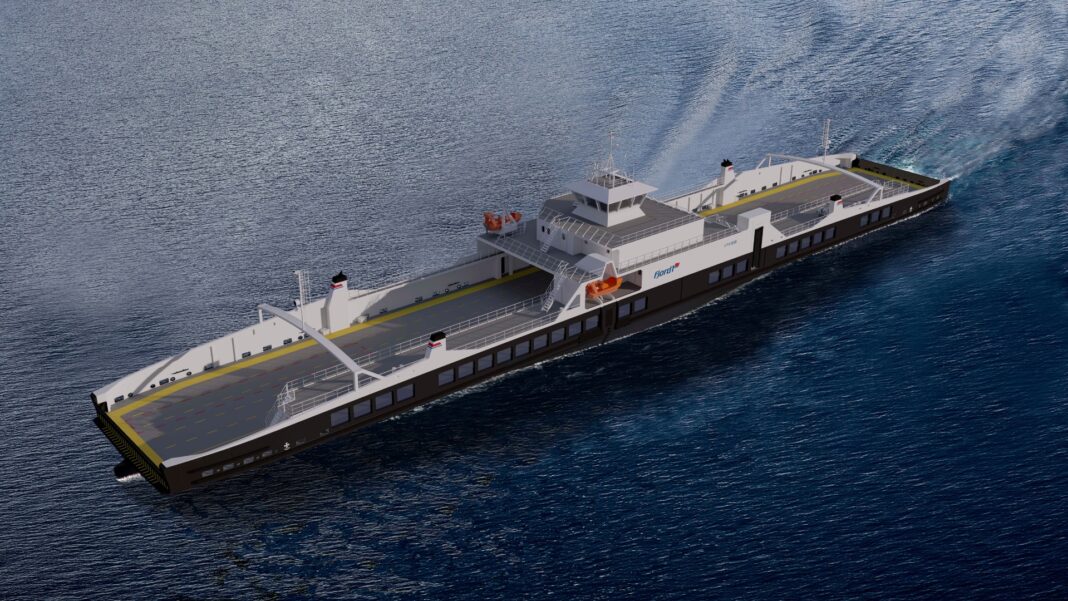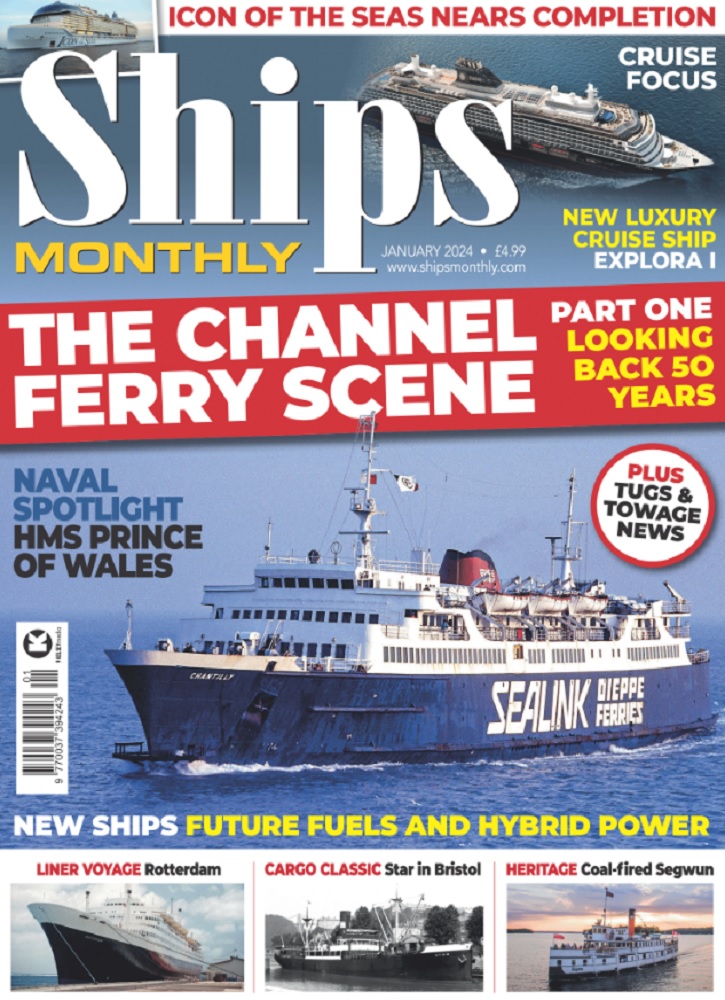On 27 May 2024 ferry operator Fjord1 has contracted Norwegian Electric Systems (NES) to develop systems for automation of vessel functions and autonomous navigation for the four autonomous, zero-emission ferries that will operate the Lavik-Oppedal crossing on the northwest coast of Norway.
Lavik to Oppedal is a ferry route that crosses the Sognefjord, on the northwest coast of Norway. The ferry crossing takes 20 minutes, and the route is 5.6 kilometres long.
“This is a contract that we have been working towards for more than a year in close collaboration with Fjord1, regulatory bodies and class society. A milestone where we have invested in our people and in our product.
“This contract is not only important milestone for Fjord1 and Norwegian Electric Systems, but for the global maritime industry. It involves technology that will support seafarers and ensure that ferries operate efficiently and safely.
“Autonomous vessels represent a vital part of what the future for maritime transport will develop into, and we are through this contract taking part in shaping it,” says Managing Director Siv Remøy-Vangen at Norwegian Electric Systems (NES).
In close collaboration with Fjord1, NES will develop and deliver the systems for automation of vessel functions and autonomous navigation, including autocrossing and autodocking, that will replace some manual operations on board.
“NES has been an important partner to Fjord1 in the development of the automation and autonomy concept that led to NPRA awarding the contract for the Lavik – Oppedal tender to Fjord1. We are therefore very pleased to have concluded the contract with NES for the very important development work that will take the ferry operation to the next level,” says Chief Technical Officer Nils Kristian Berge in Fjord1.
NES’ autonomous navigation system will be at the forefront of technological innovation, with advanced functions such as automatic steering of the vessel at all speeds and directions, automatic fjord crossing and automatic docking to the quay without the need for human intervention.
The four newbuild zero emission ferries will operate the route from 1 September 2026 onwards. Complete implementation of automation functions and autonomous systems, including autocrossing and autodocking, will happen from Janaury 2027, while autonomous navigation will be implemented in 2028.


